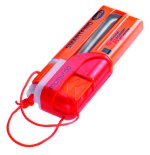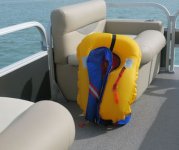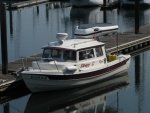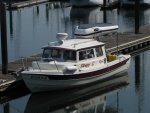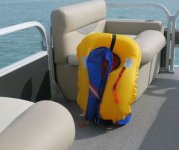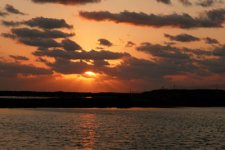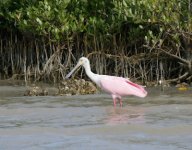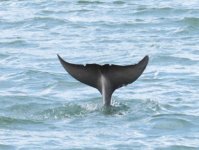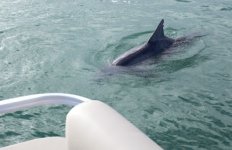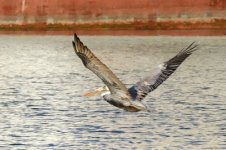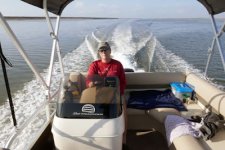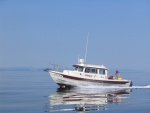NancyandBud
New member
- Joined
- Aug 15, 2016
- Messages
- 199
- Reaction score
- 0
- C Dory Year
- 2001
- C Dory Model
- 22 Cruiser
- Vessel Name
- Willow
Pandion":18qknhbo said:I have spent a lot of time hanging upside down in kayaks in very cold water (in a drysuit) working on self-rescue skills. But for all that practice, I realize I have been pretty lax about maintaining the pair of West Marine “offshore” inflatable life jackets I keep aboard my C-Dory. I also have four good Kokatat vests in the locker under the passenger’s seat, but the inflatables are the ones my wife and I wear most often.
WM has a good article on inflatable life vest maintenance here, and that’ll be my project for tomorrow. (By the way, WM’s life jackets are on sale for a few more days. The ones I own are now half-price.)
When I went back tonight and read the specs on my alleged "offshore" inflatables, I noticed that they are listed as being "Type V with Type II performance."
According to the Coast Guard, an Offshore Lifejacket (Type 1), "is designed for extended survival in rough, open water." On the other hand, the Near Shore Buoyant Vest (Type II) is described as being "for calm inland water where there is chance of fast rescue." Can anyone explain this apparent--scary--discrepancy?
Anyway, great conversation, guys. It’s a splash of cold water for me--about 42 degrees in fact, which is the average February water temperature at Friday Harbor.
Type II performance would indicate 16 lbs buoyancy. Type V is a "special use" PFD.
Intended Use:
Restricted to the special use for which each is designed, for example: sailboard harness, deck suit, paddling vest, commercial white water vest or float coats.


